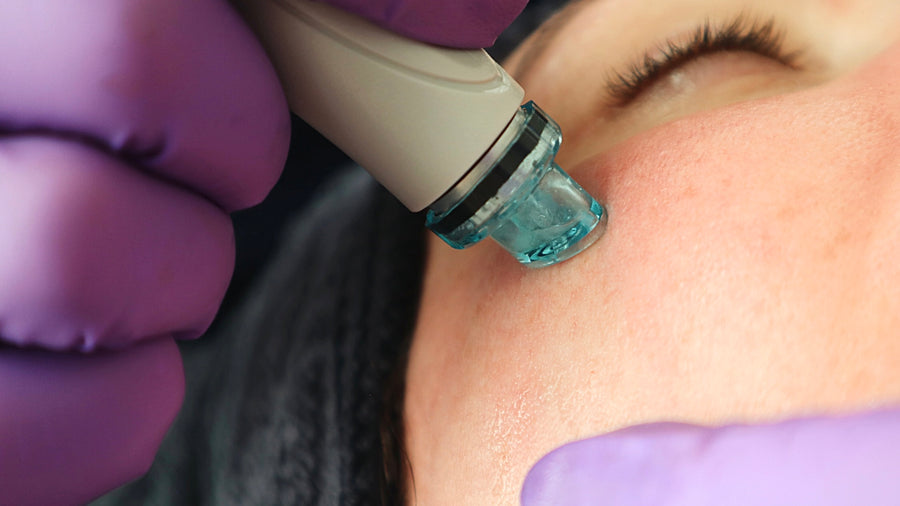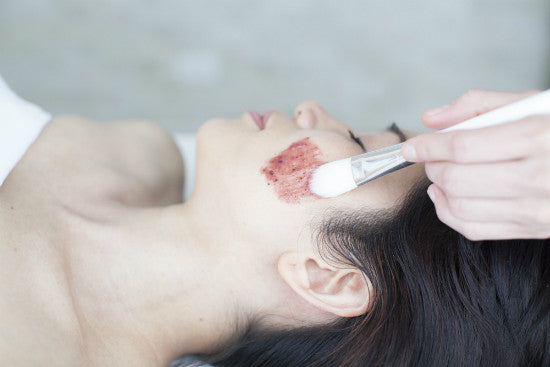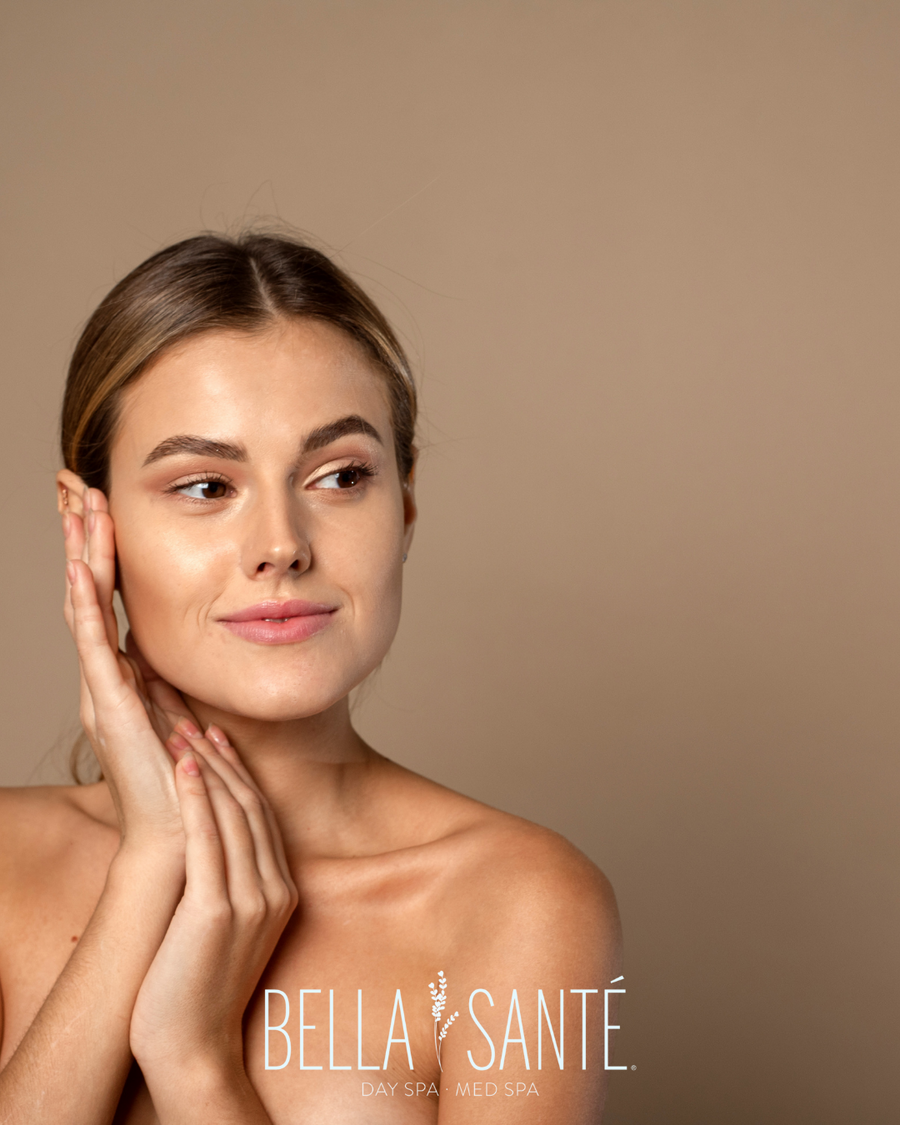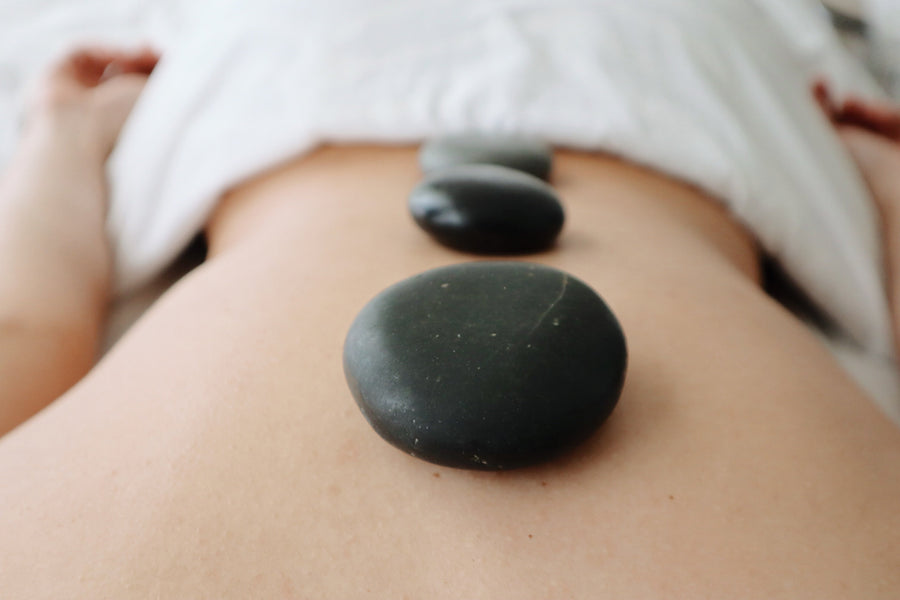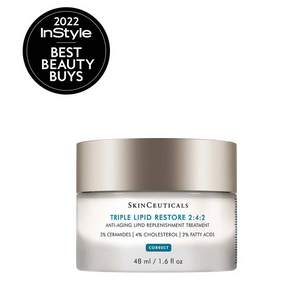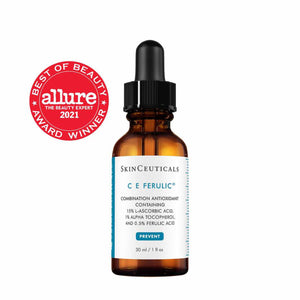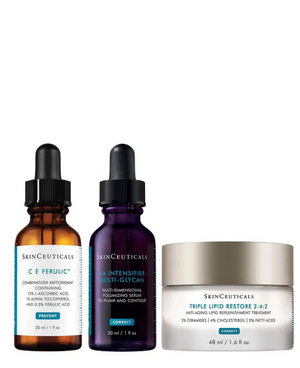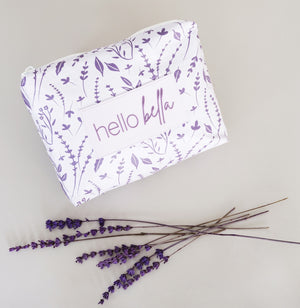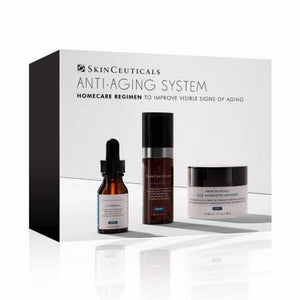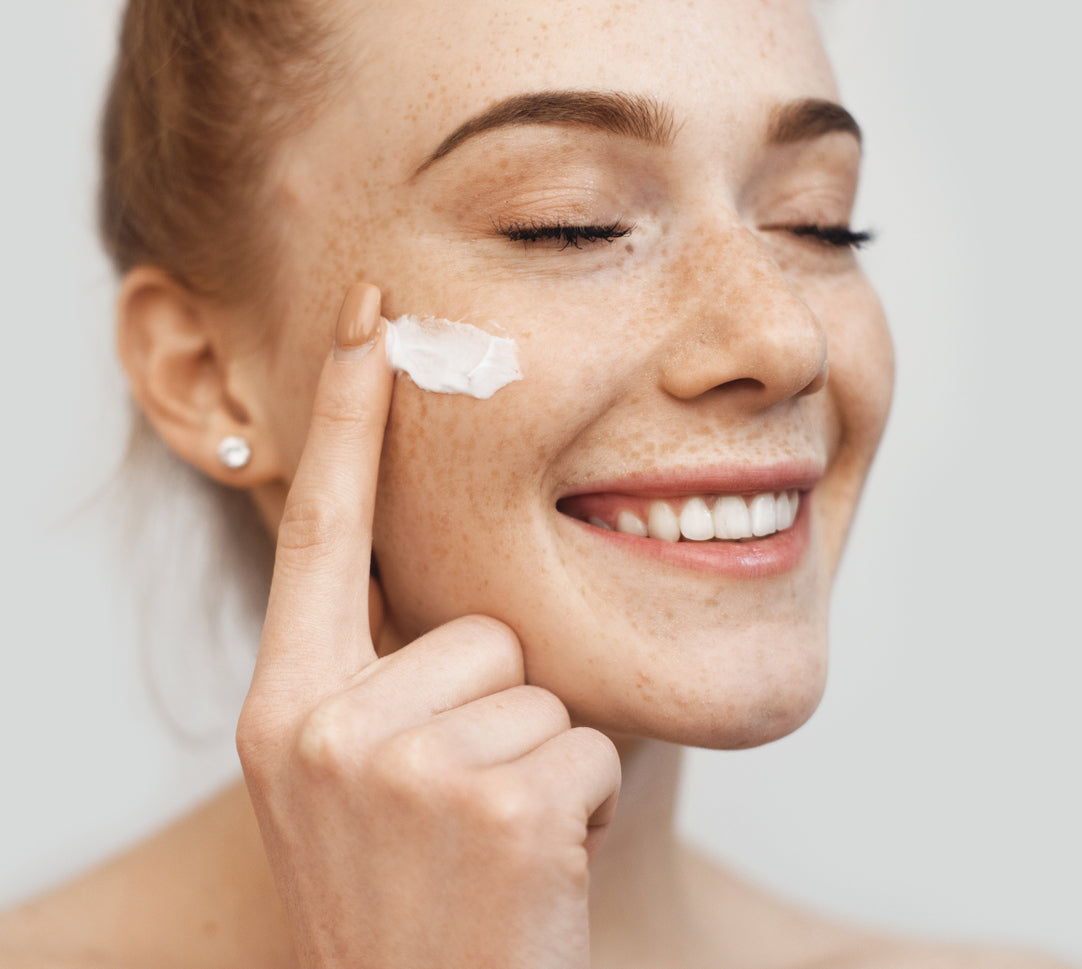
A thoughtful skincare routine can bring out your skin’s natural glow, but the order you apply your products matters. Each layer supports the next, allowing active ingredients to absorb properly and perform the way they’re meant to.
Whether you’re starting fresh or fine-tuning your regimen, understanding the right skin care order helps maximize results. This guide breaks down each step and highlights the skincare routine products that work best at every stage. With the right approach, healthy, radiant skin becomes part of your everyday routine.
Why Skincare Order Matters
The order in which you apply your skincare routine products isn’t just a detail—it’s the foundation of effective skin care. Applying products in the correct sequence helps each ingredient absorb fully and work the way it’s designed to. It also prevents irritation, especially when you’re using powerful actives like retinol or exfoliating acids.
Layering your products properly ensures that water-based formulas can reach the skin before heavier oils or creams seal everything in. Think of it as setting the stage: when your skincare products are applied in the right order, your routine becomes more efficient, and your results are easier to see.
Step-by-Step Guide to Skincare Routine Products
Applying skincare in the right order helps you get the most from each product. Below is a breakdown of essential steps and how to tailor them to your skin type, lifestyle, and goals. Think of this as your daily skin treatment roadmap.
Step 1: Cleanser
Start with a clean slate.
Morning vs. Evening Cleansing:
In the morning, a gentle cleanse removes sweat and oil from overnight. At night, it’s essential for washing away makeup, SPF, and daily buildup.
Double Cleansing at Night:
Begin with an oil-based cleanser to dissolve sunscreen and makeup, followed by a gel, foam, or cream cleanser to clear pores without over-drying.
Tip: Choose based on your skin type. Use a cream or hydrating cleanser for dry or sensitive skin, and opt for gel or foam cleansers if you’re oily or acne-prone
Step 2: Toner or Essence
Preps the skin to absorb what comes next.
Toner vs. Essence:
Toners help balance pH, provide light exfoliation, or add hydration. Essences deliver a lightweight layer of moisture and skin-repairing ingredients.
Why It Matters:
This step enhances the effectiveness of serums and treatments.
Tip: Look for alcohol-free formulas and hydration-rich options depending on your routine goals.
Step 3: Serums and Treatments
Targeted care that addresses specific skin concerns.
Why Serums Work:
These concentrated formulas are designed to deliver active ingredients deep into the skin. Think hydration, brightening, firming, or acne support.
Application Rule:
Apply from thinnest to thickest texture. Water-based serums go first, oil-based ones go last.
Tip: You can layer serums (like a hyaluronic acid followed by a vitamin C), but avoid combining too many actives that may irritate the skin.
Step 4: Spot Treatments or Actives
Treat specific areas like breakouts, dark spots, or texture.
When to Apply:
After serums, before moisturizer. This gives actives direct contact with the skin without being diluted.
Step 5: Eye Cream
Hydrates and protects the delicate under-eye area.
Why It’s Different:
Eye creams are formulated with smaller molecules to address concerns like puffiness, dark circles, or fine lines without irritating sensitive skin.
When to Apply:
After serums, before moisturizer, using your ring finger to gently tap it in.
Step 6: Moisturizer
Seals in hydration and supports the skin barrier.
Choosing the Right Texture:
Gel moisturizers are great for oily skin, while lotions or creams work best for dry or mature skin.
Why It Matters:
Moisturizer locks in the benefits of all the previous steps and prevents moisture loss.
Step 7: Sunscreen (Daytime Only)
The final and most important layer in your morning routine.
How It Works:
Sunscreen forms a protective barrier against UV rays, pollution, and blue light.
Application Tips:
Reapply every 2–3 hours if you're outside. If you wear makeup, look for spray, powder, or cushion-style formulas that won’t smudge.
Common Mistakes:
Not using enough product, skipping cloudy days, or forgetting areas like the neck and ears.
Skincare Tips for Glowing Skin
Patch Test
Why It’s Important:
Testing new skincare products on a small area first helps prevent irritation, breakouts, or allergic reactions.
How to Do It:
Apply a small amount of the product on your inner arm or behind your ear and wait 24–48 hours. If no reaction occurs, it's generally safe to use on your face.
Be Patient
Real Results Take Time:
Most skincare ingredients — especially those targeting acne, pigmentation, or fine lines — take 4 to 12 weeks to show noticeable changes.
Avoid the Rush:
Switching products too quickly can disrupt your skin and lead to irritation. Stick to a routine and give it time to work.
Know Your Skin
Customize for Your Skin Type:
Understanding whether your skin is oily, dry, sensitive, or combination helps you choose the right textures and ingredients.
Examples:
Try a gel-based moisturizer for oily skin, a cream-based one for dry skin, and go fragrance-free and gentle if you're sensitive or reactive.
Less is More
Don’t Overload:
Using too many products at once can overwhelm your skin and reduce the effectiveness of your routine.
Stick to the Basics:
Focus on a few well-chosen products that suit your needs — and layer them properly.
Hydrate & Lifestyle
Glow Starts from Within:
Drinking enough water, eating a balanced diet, getting enough sleep, and managing stress all contribute to healthier-looking skin.
Why It Matters:
Hydration improves elasticity and radiance, while lifestyle habits can either support or sabotage your skincare efforts.
Final Thoughts
Following your skincare routine in the right order helps each product do its job — from cleansing and treating to hydrating and protecting. But it’s not just about steps. Tailoring your routine to your skin type and staying consistent are what really deliver long-term results. Whether you're new to skincare or refining an existing regimen, a thoughtful approach makes all the difference. Your skin will thank you.
FAQs
What is the correct order of applying skincare products?
The ideal skincare routine order is: cleanser, toner or essence, serums, spot treatments, eye cream, moisturizer, and sunscreen (in the morning). Applying products from thinnest to thickest helps maximize absorption and results.
How often should I exfoliate for glowing skin?
Most skin types benefit from exfoliating 1–3 times per week. Choose gentle chemical exfoliants for regular use, and always follow with hydration to support your skin barrier.
Can I skip toner in my skincare routine?
Yes! Toners are helpful for hydration and balancing pH, but not always essential. If your cleanser is gentle and your serums are effective, you can skip toner and go straight to the next step.
Is it necessary to use sunscreen every day?
Absolutely. Daily sunscreen protects your skin from UV damage, premature aging, and hyperpigmentation. This includes cloudy days or when you're indoors near windows.
Can oily skin benefit from moisturizers?
Yes. Skipping moisturizer can actually make oily skin produce more oil. Look for lightweight, gel-based moisturizers that hydrate without clogging pores.
How long does it take to see results from a skincare routine?
Skincare products typically take 4–12 weeks to show visible results. Consistency is key. Give your routine time to work before switching products.
